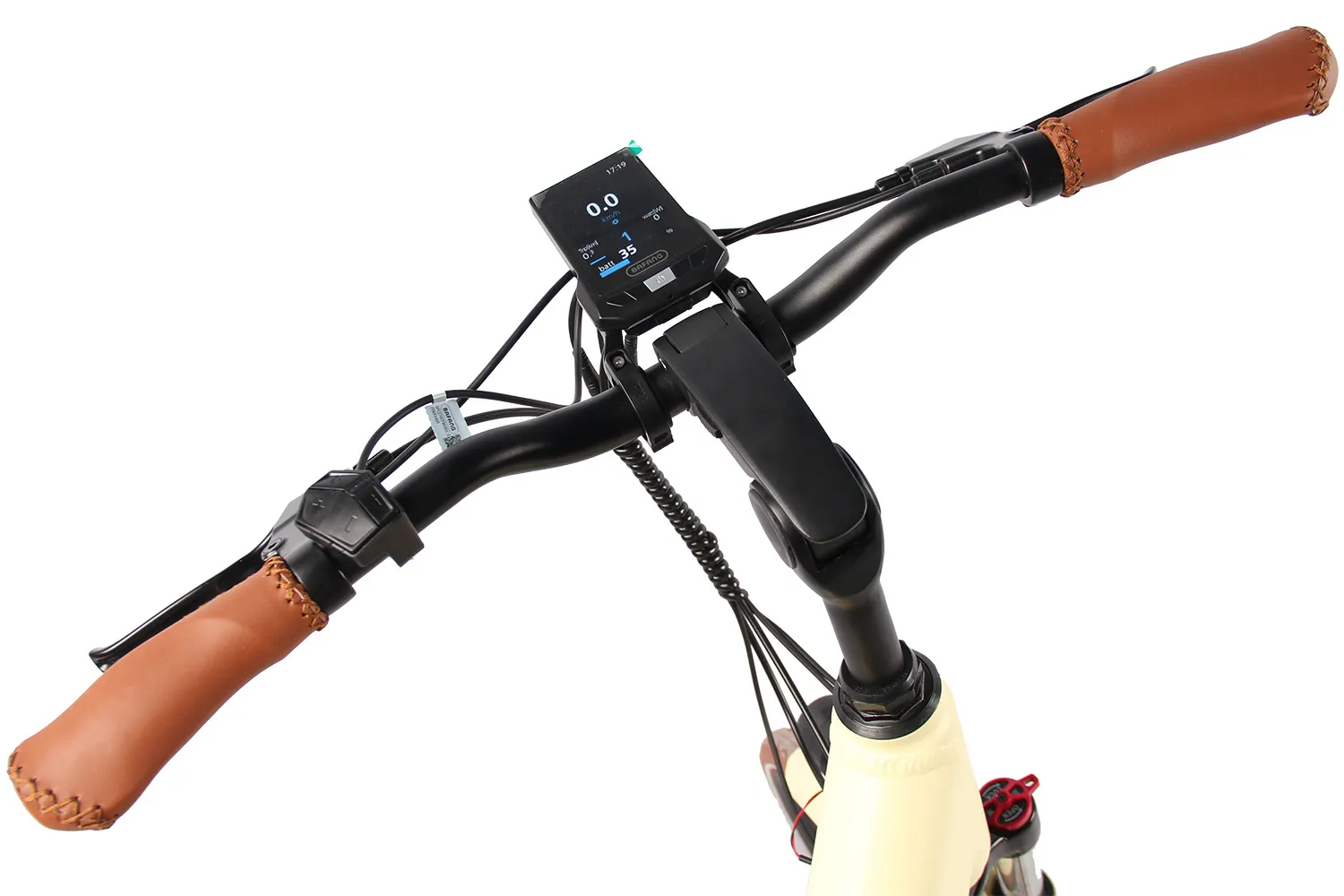
- Afrikaans
- Albanian
- Amharic
- Arabic
- Armenian
- Azerbaijani
- Basque
- Belarusian
- Bengali
- Bosnian
- Bulgarian
- Catalan
- Cebuano
- Corsican
- Croatian
- Czech
- Danish
- Dutch
- English
- Esperanto
- Estonian
- Finnish
- French
- Frisian
- Galician
- Georgian
- German
- Greek
- Gujarati
- Haitian Creole
- hausa
- hawaiian
- Hebrew
- Hindi
- Miao
- Hungarian
- Icelandic
- igbo
- Indonesian
- irish
- Italian
- Japanese
- Javanese
- Kannada
- kazakh
- Khmer
- Rwandese
- Korean
- Kurdish
- Kyrgyz
- Lao
- Latin
- Latvian
- Lithuanian
- Luxembourgish
- Macedonian
- Malgashi
- Malay
- Malayalam
- Maltese
- Maori
- Marathi
- Mongolian
- Myanmar
- Nepali
- Norwegian
- Norwegian
- Occitan
- Pashto
- Persian
- Polish
- Portuguese
- Punjabi
- Romanian
- Russian
- Samoan
- Scottish Gaelic
- Serbian
- Sesotho
- Shona
- Sindhi
- Sinhala
- Slovak
- Slovenian
- Somali
- Spanish
- Sundanese
- Swahili
- Swedish
- Tagalog
- Tajik
- Tamil
- Tatar
- Telugu
- Thai
- Turkish
- Turkmen
- Ukrainian
- Urdu
- Uighur
- Uzbek
- Vietnamese
- Welsh
- Bantu
- Yiddish
- Yoruba
- Zulu
Feb . 20, 2025 01:21 Back to list
10 speed mountain bike derailleur
Cycling enthusiasts understand the exhilaration and challenges that come with mountain biking. A pivotal component of this experience is the 10-speed mountain bike derailleur, a mechanism crucial for ensuring smooth and efficient gear transitions on varied terrains. This article delves into the intricacies of 10-speed derailleurs, offering expert insights into their functionality, advantages, and maintenance, establishing trust through comprehensive expertise.
Understanding the technical specifications is crucial for informed purchasing decisions. Key components include the cage length, which dictates the capacity of chain take-up, and the number of teeth the rear sprocket can accommodate. Enthusiasts and experts recommend derailers that align with the intended cycling demands, whether it involves aggressive trail ridges or serene pathways. Many brands offer models tailored to specific needs, enabling customization for tailor-fit performance. Installation and maintenance are critical aspects of leveraging a 10-speed derailleur's full potential. Proper installation involves calibrating the derailleur to ensure precise limit adjustments, reducing the risk of chain slippage or drop. Regular maintenance includes monitoring tension, cleaning to prevent debris accumulation, and lubrication to enhance shifting fluidity. Cyclists practicing routine checks can extend the lifespan of their gear systems, ensuring optimal performance and safety. Advanced riders often leverage the nuanced control offered by a 10-speed system for competitive edge and personal goals. The ability to adjust cadence effortlessly maximizes efficiency, allowing for sustained energy conservation over long distances. This feature proves invaluable during competitive racing or personal endurance projects, where every second counts and strategy plays a crucial role in success. In conclusion, investing in a 10-speed mountain bike derailleur is not merely a purchase but a commitment to a superior biking experience. It is a blend of engineering excellence, user-focused design, and meticulous maintenance protocols. By understanding and applying expert insights into the workings and care of these components, cyclists can significantly enhance their biking adventures, ultimately attaining greater satisfaction and performance on every ride. This knowledge empowers cyclists to make informed decisions, instilling confidence in their equipment and fostering a deeper connection to the sport.


Understanding the technical specifications is crucial for informed purchasing decisions. Key components include the cage length, which dictates the capacity of chain take-up, and the number of teeth the rear sprocket can accommodate. Enthusiasts and experts recommend derailers that align with the intended cycling demands, whether it involves aggressive trail ridges or serene pathways. Many brands offer models tailored to specific needs, enabling customization for tailor-fit performance. Installation and maintenance are critical aspects of leveraging a 10-speed derailleur's full potential. Proper installation involves calibrating the derailleur to ensure precise limit adjustments, reducing the risk of chain slippage or drop. Regular maintenance includes monitoring tension, cleaning to prevent debris accumulation, and lubrication to enhance shifting fluidity. Cyclists practicing routine checks can extend the lifespan of their gear systems, ensuring optimal performance and safety. Advanced riders often leverage the nuanced control offered by a 10-speed system for competitive edge and personal goals. The ability to adjust cadence effortlessly maximizes efficiency, allowing for sustained energy conservation over long distances. This feature proves invaluable during competitive racing or personal endurance projects, where every second counts and strategy plays a crucial role in success. In conclusion, investing in a 10-speed mountain bike derailleur is not merely a purchase but a commitment to a superior biking experience. It is a blend of engineering excellence, user-focused design, and meticulous maintenance protocols. By understanding and applying expert insights into the workings and care of these components, cyclists can significantly enhance their biking adventures, ultimately attaining greater satisfaction and performance on every ride. This knowledge empowers cyclists to make informed decisions, instilling confidence in their equipment and fostering a deeper connection to the sport.
Latest news
-
Riding with Our Kids Bikes Collection
NewsJun.10,2025
-
Our Kids Balance Cars
NewsJun.10,2025
-
Exciting Range of Fixed Gear Electric Bike
NewsJun.10,2025
-
Enhance Your Mountain Bike Derailleur
NewsJun.10,2025
-
Convenience with Our Baby Jogger Strollers
NewsJun.10,2025
-
Conquer the Trails with Our Premium Mountain Bikes
NewsJun.10,2025
-
Revolutionize Ride with Our Electric Bicycles
NewsMay.13,2025



